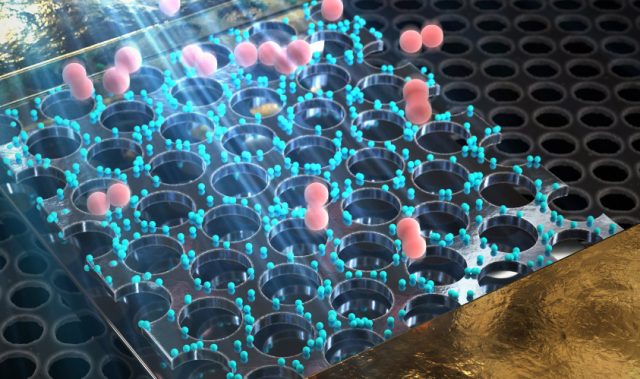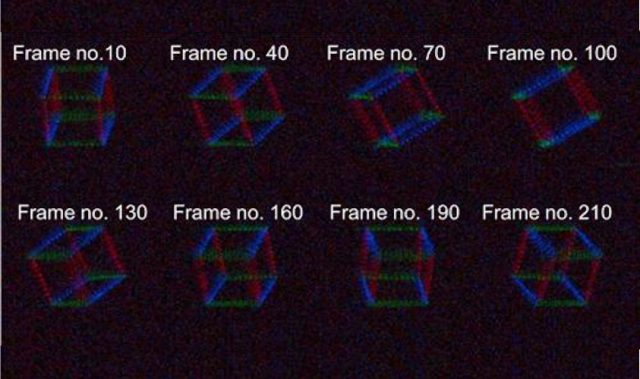
AsianScientist (Oct. 4, 2017) – In a study published in the journal ACS Nano, scientists in Korea have developed an ultra-fast hydrogen sensor that can detect hydrogen gas levels with a high level of sensitivity.
Hydrogen has been regarded as an eco-friendly, next-generation energy source. However, it is a flammable gas that can explode even with a small spark. For safety, the lower explosion limit for hydrogen gas is 4 vol%, which is the minimum concentration of a particular combustible gas or vapor necessary to support its combustion in air.
The importance of sensors capable of rapidly detecting colorless and odorless hydrogen gas has been emphasized in recent guidelines issued by the US Department of Energy. According to the guidelines, hydrogen sensors should detect 1 vol% of hydrogen in air in less than 60 seconds for adequate response and recovery times.
In this study, a team of scientist led by Professor Kim Il-Doo in the Department of Materials Science and Engineering at the Korea Advanced Institute of Science and Technology have invented an an ultra-fast hydrogen sensor that can detect hydrogen gas levels under one percent in less than seven seconds. The sensor also can detect hundreds of parts per million levels of hydrogen gas within 60 seconds at room temperature. Their detection system consists of a palladium (Pd) nanowire array coated with a metallic organic framework (MOF).
To form the MOF, lithographically patterned Pd nanowires were overcoated with a zinc (Zn)-based zeolite imidazole framework (ZIF-8) layer composed of Zn ions and organic ligands. ZIF-8 is a highly porous material composed of a number of micro-pores of 0.34 nm and 1.16 nm, and is easily coated on Pd nanowires by simple dipping for two to six hours in a methanol solution including Zn (NO3)2·6H2O and 2-methylimidazole.
Hydrogen gas with a kinetic diameter of 0.289 nm can easily penetrate inside the ZIF-8 membrane, while large molecules are effectively screened by the MOF filter. Thus, the ZIF-8 filter on the Pd nanowires allows the predominant penetration of hydrogen molecules, leading to the acceleration of Pd-based hydrogen sensors with a 20-fold faster recovery and response speed compared to pristine Pd nanowires at room temperature.
Professor Kim expects that the ultra-fast hydrogen sensor can be used for the prevention of explosion accidents caused by the leakage of hydrogen gas. In addition, he anticipates that other harmful gases in the air can be accurately detected through effective nano-filtration using a variety of MOF layers.
The article can be found at: Jang et al. (2017) Hollow Pd-Ag Composite Nanowires for Fast Responding and Transparent Hydrogen Sensors.
———
Source: Korea Advanced Institute of Science and Technology; Photo: Pexels.
Disclaimer: This article does not necessarily reflect the views of AsianScientist or its staff.












